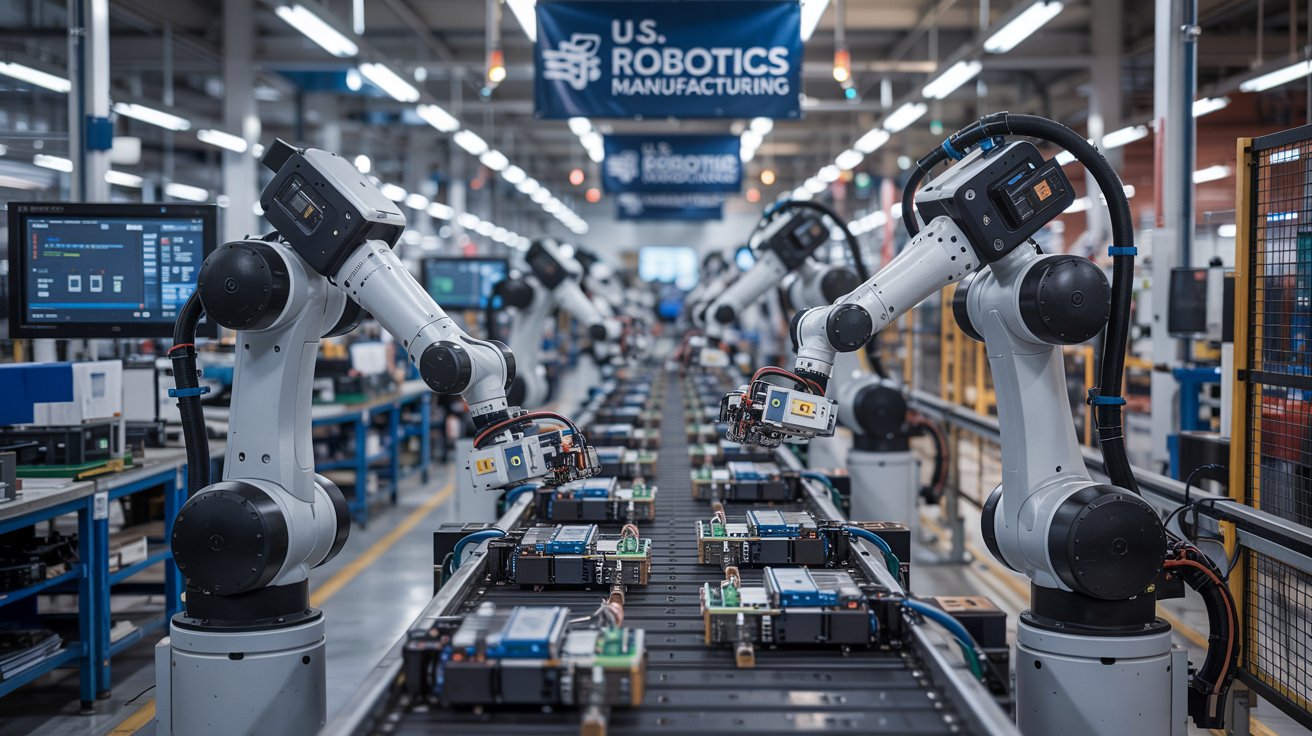The U.S. robotics industry is calling for a national strategy to counter China’s rapid advancements in intelligent robotics. Leading firms, including Tesla, Boston Dynamics, and Agility Robotics, have stressed the urgency of government action to ensure the U.S. remains competitive in this crucial sector. Without strategic intervention, the country risks losing its technological edge, economic growth, and global influence in robotics and artificial intelligence (AI).
The Push for a Federal Robotics Strategy
Why a National Robotics Strategy is Essential
A well-defined national robotics strategy is crucial for economic growth, technological leadership, and job creation in the U.S. Robotics firms argue that without a clear framework, the country will struggle to compete with China, which has aggressively invested in automation and AI.
At a recent Capitol Hill meeting, key robotics firms presented their concerns and proposals to lawmakers. Their primary demand is the establishment of a dedicated federal office to oversee robotics initiatives, promote innovation, and fund research.
Key Goals of the Strategy
- Boost Technological Innovation – Encourage advancements in robotics and AI to maintain global competitiveness.
- Create High-Tech Jobs – Develop a skilled workforce to support automation industries.
- Enhance National Security – Ensure the U.S. remains self-reliant in critical robotics applications.
- Strengthen Economic Growth – Foster domestic production and reduce dependency on foreign robotics.
Jeff Cardenas, CEO of Apptronik, emphasized the need for immediate action, stating, “We were pioneers in robotics, but now we must adopt a strategic approach to maintain our leadership. Without structured support, we will fall behind.”
How China is Dominating the Robotics Industry
China’s Investments and Market Control
China currently holds 52% of the global industrial robotics market, significantly outpacing the U.S. The Chinese government has committed $138 billion in state-backed investments toward AI and robotics, helping the country integrate automation across its industrial sectors.
The table below highlights the key differences in robotics investments between the U.S. and China:
| Factor | United States | China |
|---|---|---|
| Government Investment | Limited federal funding | $138 billion state-backed AI & robotics investments |
| Market Share (2022) | 12% | 52% |
| Industrial Robot Installations | Low growth, mainly imports | Highest in the world |
| Workforce Training | Fragmented programs | Nationwide robotics education |
| Automation Integration | Slower adoption in industries | Rapid nationwide adoption |
These statistics highlight why the U.S. needs a national robotics strategy. Without immediate action, China will continue to dominate global robotics and automation industries.
Key Proposals from U.S. Robotics Firms
What U.S. Robotics Leaders Are Advocating For
To counter China’s rapid advancements, industry leaders have outlined four major steps:
- Establishing a Federal Robotics Office – A centralized body to coordinate efforts, increase funding, and support private-sector innovation.
- Implementing Tax Incentives – Providing financial relief for companies investing in robotics research and production.
- Expanding Robotics Training Programs – Addressing the skills gap by preparing a workforce that can support the growing demand for automation technologies.
- Boosting Federal Investment in Research – Funding for both academic institutions and commercial enterprises to drive new developments in AI-driven robotics.
A recent report from the Association for Advanced Automation warns that without federal intervention, the U.S. could lose its leadership in both robotics and AI, sectors that are critical to national security and economic growth.
The Future of Robotics in the U.S.
Impact of a Strong Robotics Strategy
By implementing a structured national strategy, the U.S. can strengthen its position in the global robotics industry, ensuring long-term innovation and economic growth. Below is a map of how a national robotics strategy can drive progress in multiple areas:
[National Robotics Strategy]
│
┌───────────────────┴───────────────────┐
[Innovation] [Job Creation] [Economic Growth]
│ │ │
[More R&D] [Skilled Workforce] [New Robotics Companies]
│ │ │
[AI Integration] [Higher Wages] [Increased Exports]Industry leaders stress that the future depends on decisive action today. A strong robotics strategy will drive technological progress, create thousands of new jobs, and position the U.S. as a global leader in intelligent automation.
[USnewsSphere.com / cnn]





